Almost half of Norway lies north of the Arctic Circle. Cross into this region and you’ll discover a region of wild beauty, from the volcanic islands of Lofoten to the icy wastes of Finnmarksvidda, a vast inland plateau. One of the most fascinating things about the Arctic is how drastically it changes with the seasons - from the sub zero temperatures and darkness of winter to the golden twenty four hour daylight of summer.
The Norwegian Arctic has beguiled and fascinated explorers, writers and artists for decades. Painter Christiane Ritter spent a year in a remote Svalbard hut with her explorer husband in 1934. “How quiet it is here,” she wrote in A Woman in the Polar Night. “The sun shines on a soundless scene. The magical hues of the soft shadows glow deeply. Everything belongs together here, even the bear tracks in the deep snow, which show with what peace of mind the animals have gone on their way. Everything breathes the same serenity.”
The magical hues of the soft shadows glow deeply. Everything belongs together here, even the bear tracks in the deep snow
The Norwegian Arctic promises serene landscapes, the possibility of distancing yourself from busy cities - and adventure, too. This is the place to go to experience dogsledding, or if you're looking to paddle through glacial fjords.
It’s not uninhabited - there are plenty of settlements within the Arctic Circle, including Bodø, the European Capital of Culture for 2024. Northern Norway is also home to the indigenous Sami people, who are traditionally reindeer herders.
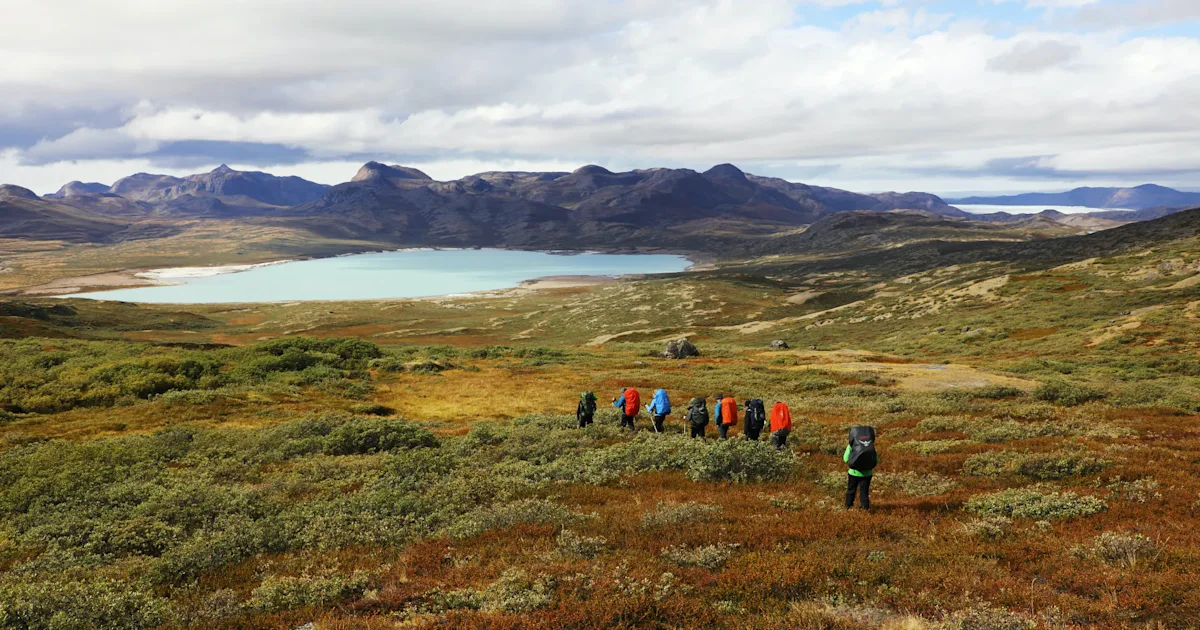
So, where to start? The vastness of the region can prove overwhelming if you’re trying to plan a trip. In this guide we'll help you narrow down those options, by showcasing some of its top destinations and activities.
What is the Arctic Circle?
The Arctic Circle is a line of latitude circling the Earth's surface, located at approximately 66° 33' north. It demarcates the southernmost point where the sun stays above the horizon for a full 24 hours for one or more days a year. It also marks the point where there is 24 hour darkness for one or more days a year.
The region within the Arctic Circle is known as the Arctic, and it encompasses parts of several countries, including Norway, Sweden, Finland, Russia, the United States (Alaska), Canada, Denmark (Greenland), and Iceland. In this guide, we’ll be looking at the Norwegian Arctic.
Where is the Arctic Circle in Norway?
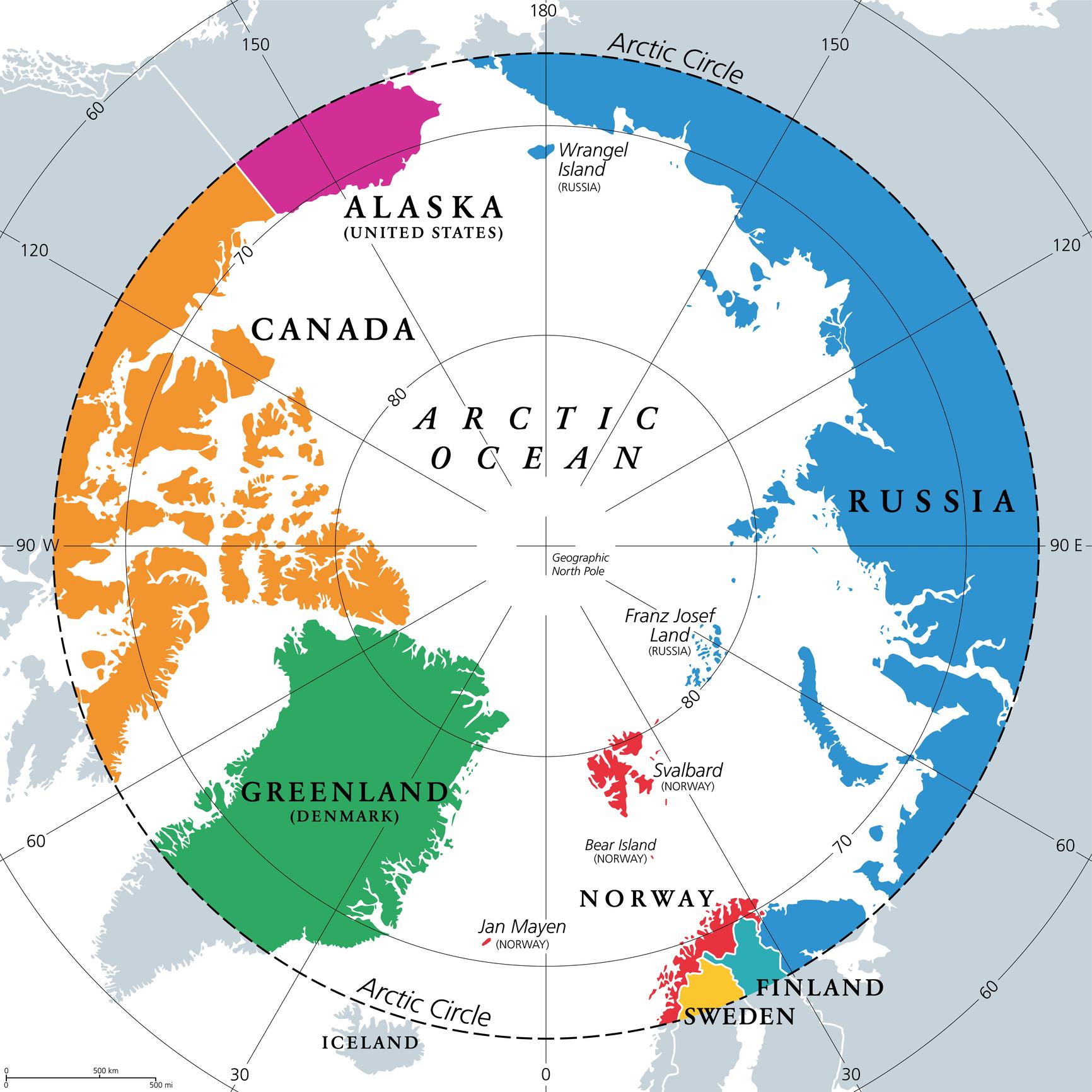
The Arctic Circle runs through Nordland county in Northern Norway. It also includes the counties of Troms and Finnmark, and the archipelago of Svalbard, which is around 580 miles (950 km) north of Tromsø. There are several cities within the Norwegian Arctic, including Bodø, Tromsø, and Kirkenes.
When is the Best Time to Visit the Arctic Circle in Norway?
The best time to visit the Arctic Circle in Norway is very much dependent on your interests and the activities you’d like to do. If you’re in search of the northern lights, visit during the darker months (between September and April). If you’re planning on hiking, you might prefer to do so under the midnight sun.
It’s important to bear in mind that weather in these latitudes is unpredictable. A summer day in the Norwegian Arctic doesn’t mean guaranteed sunshine - in fact, you may experience four seasons across a single day. So whatever time of year you visit, remember to come prepared for all weather conditions.
Winter (December to February)
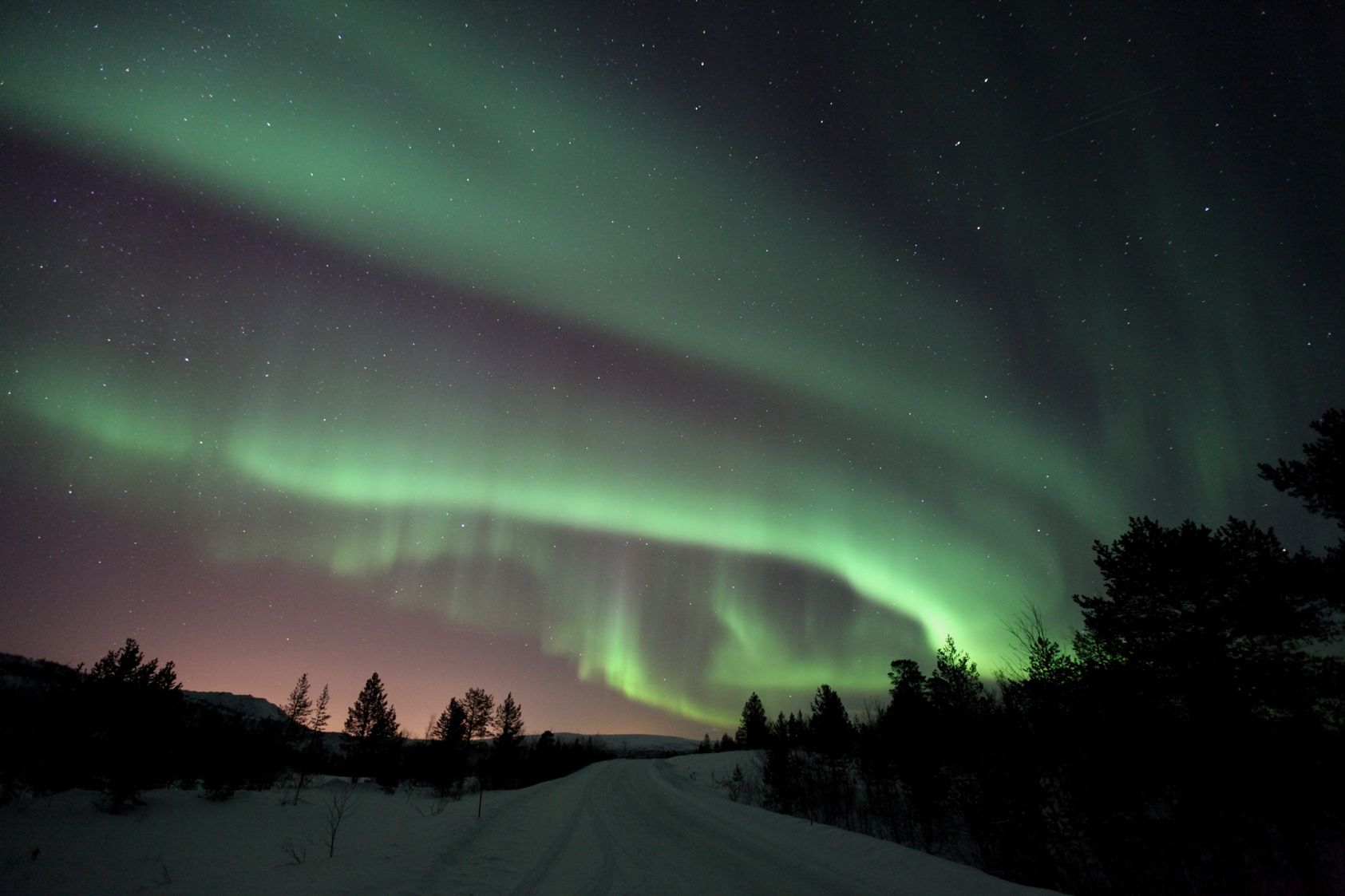
These are the coldest months of the year, with temperatures staying below freezing throughout the day and night (there’s too much climatic variation in the region to provide accurate average temperatures). During these months, you’ll be able to enjoy winter activities such as dog sledding and skiing, and have a chance to see the northern lights. However, bear in mind that the winter days are very short, with limited daylight - and in Svalbard, there’s no daylight at all.
If you’re feeling particularly adventurous, try out some summer activities during these winter months. There’s an eerie magic to kayaking through Lofoten’s icy fjords under the glow of the northern lights, or wild camping on its beaches - and you’ll experience far fewer crowds.

Spring (March to May)
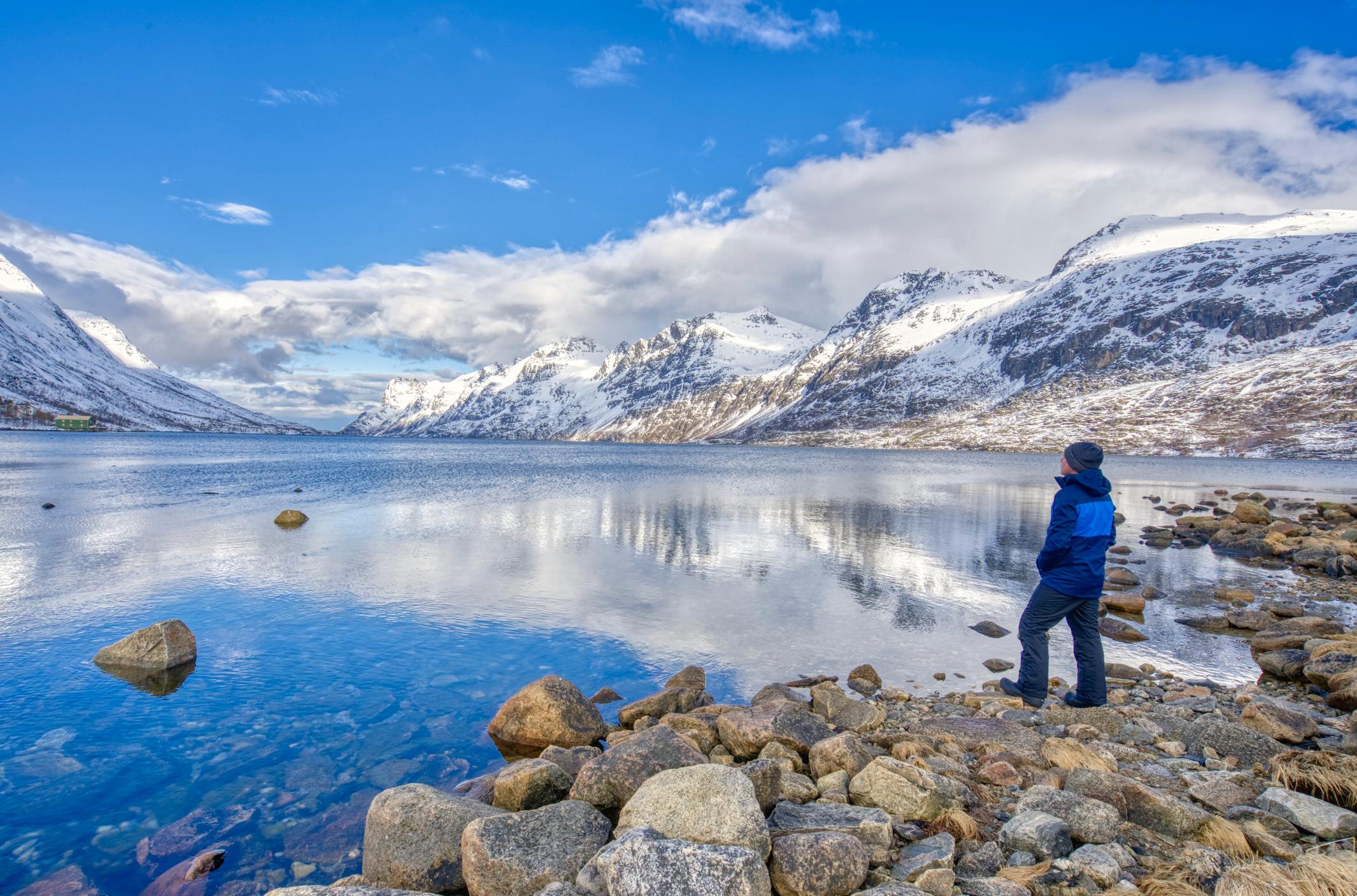
This is a transitional period with milder temperatures compared to winter. During March and April, you’ll likely still be able to enjoy snow-based activities (especially at higher latitudes), and the northern lights are still visible. By the end of April the days will have become longer, snow will have melted at lower latitudes and the waterfalls at their most powerful, due to the meltwater. Its also breeding season for many of the country's bird species, when large colonies of Atlantic puffins, as well as sea eagles, come ashore to breed and then nest.
Summer (June to August)
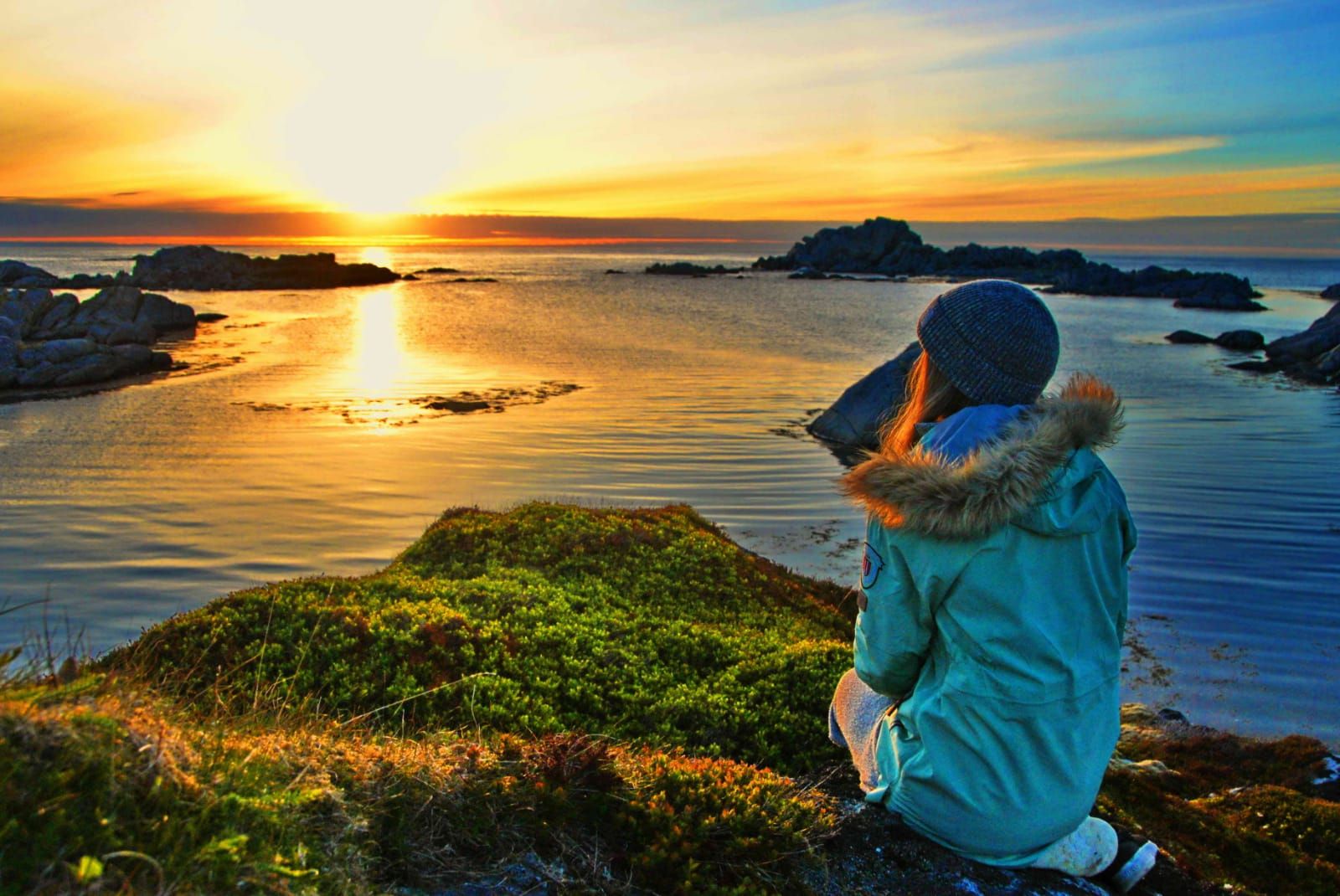
The summer months bring the midnight sun, when the sunrise and sunset occur one after another - with no darkness in between - bathing the landscape in a warm golden glow. It's a beautiful spectacle to witness, and it also results in continuous daylight for activities such as hiking, kayaking and cycling.
In some areas, you’ll experience warm temperatures - in Lofoten the average summer temperature is 13°C, but it routinely rises into the mid twenties. The downside to summer is that you won’t be able to see the northern lights, and popular destinations will be busier than during the winter months.
Autumn (September to November)
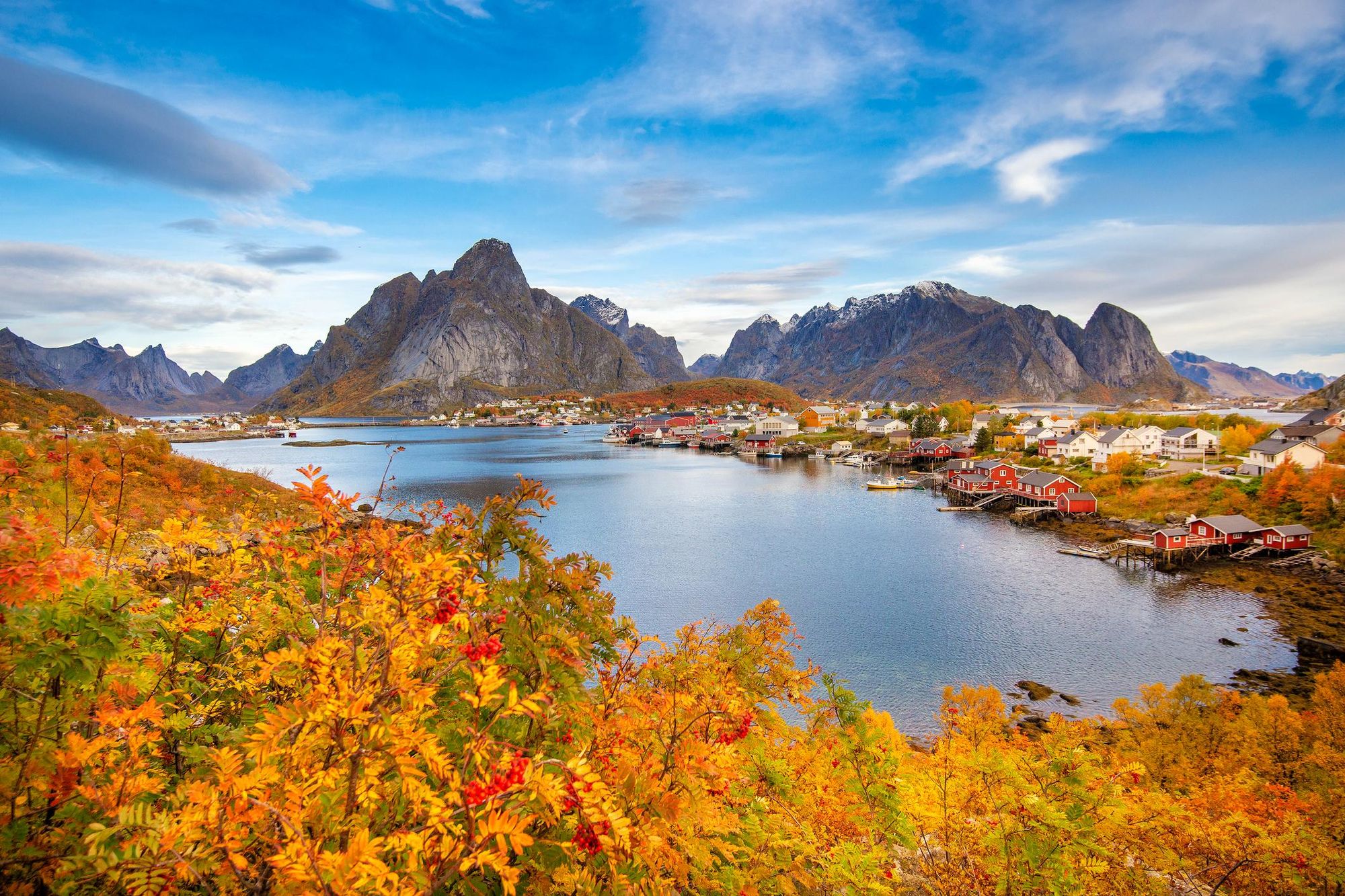
As the nights become darker, you’re able to see the northern lights in the sky again. Snow isn’t a guarantee at the beginning of the season. You will, however, be able to enjoy bright blazes of autumn foliage. But by November, snow will cover much of the landscape, making winter activities possible again.
The Best Activities in Norway’s Arctic Circle
There are plenty of ways you can spend your time in the Norwegian Arctic, be that kayaking under the midnight sun or heading out on a dogsledding expedition. Here are some of our favourite Arctic activities.
1. Hunt for the Northern Lights
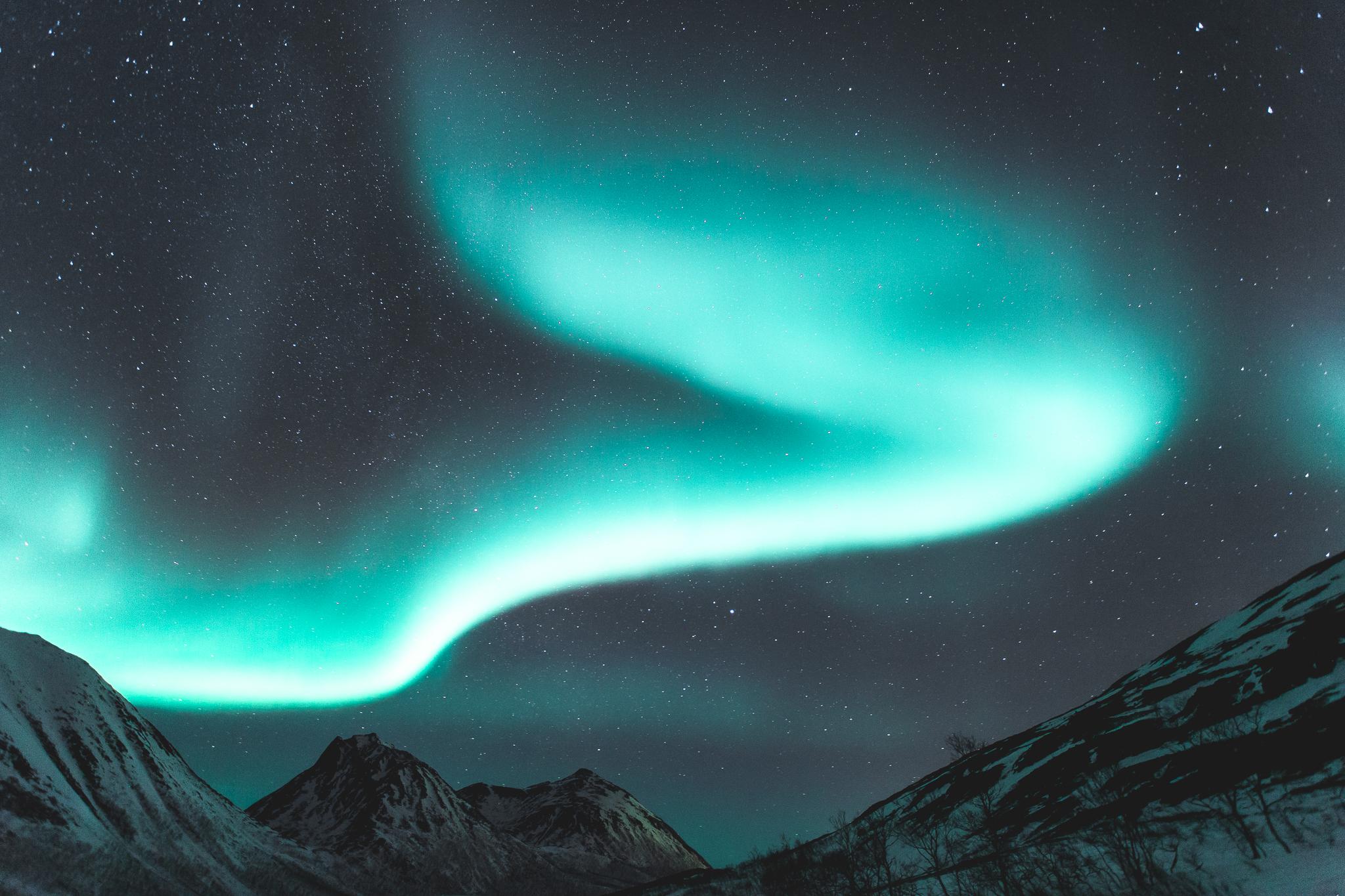
It's the ultimate winter activity in northern Norway, looking up at undulating ribbons of green light. Tromsø and Alta are both positioned directly under the auroral oval, making them ideal locations for northern lights adventures. However, your best bet is to find a location outside of town limits, far from light pollution - the Finnmark Plateau is one such spot. We recommend making an adventure out of it; head out aurora hunting on a snowmobile or even a kayak.
2. Hike Across Glaciers
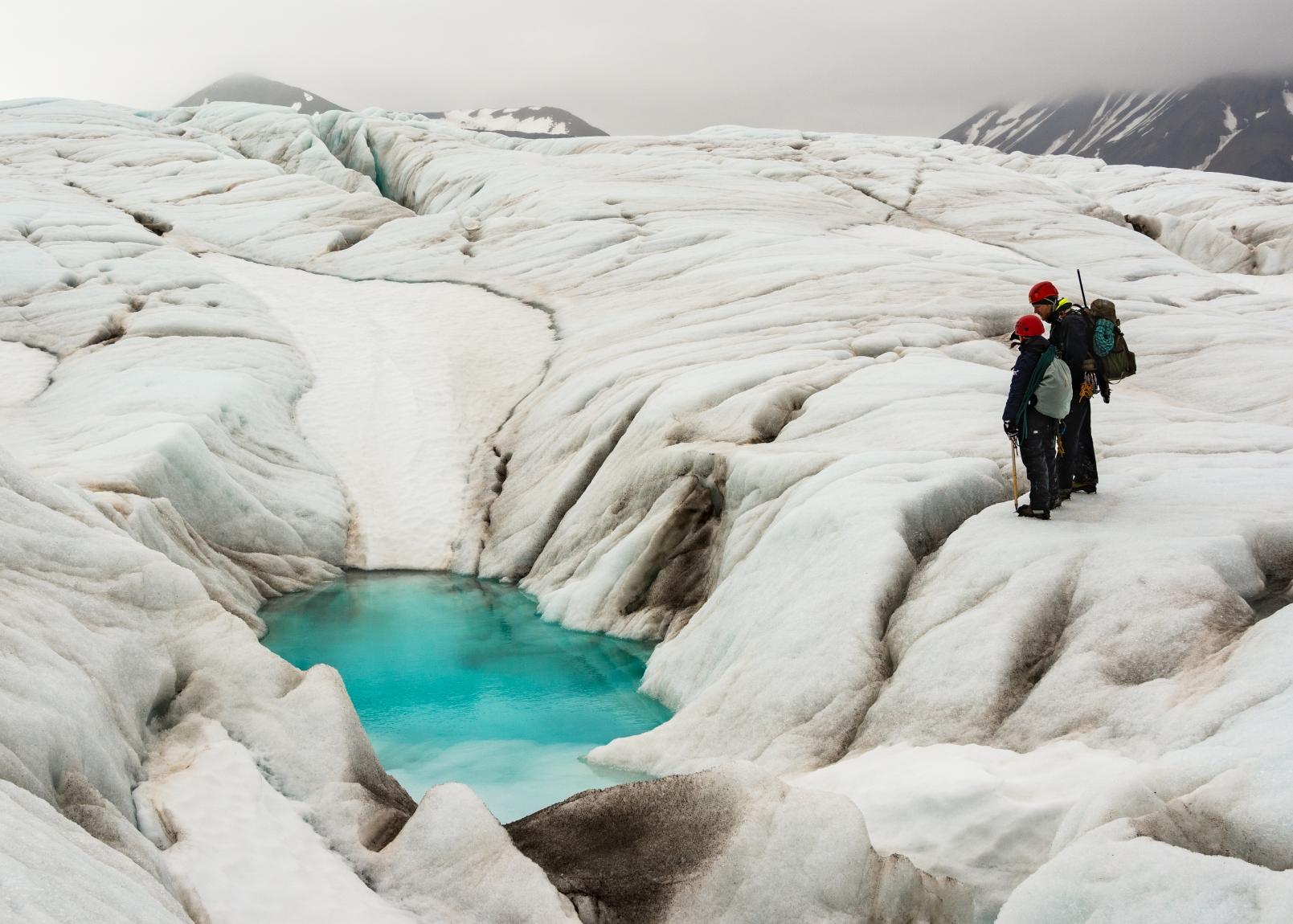
There are thousands of miles of hiking trails across Arctic Norway, whether that’s the historic Navvy Road (‘Rallarveien’) beginning in Narvik, or the steep hike up to the summit of Blåtiden (621m) on the Lofoten Islands. For a truly wintery experience, we highly recommend undertaking a glacier hike as well.
Svartisen glacier is the second largest in Norway, covering 233 sq miles (375 sq km), covering mountains and descending into mountains and fjords. Svalbard is also the ideal spot for glacier hiking - an experienced guide can lead you to surreal caves of glacial ice hidden within the deep blue folds and crevasses.

3. Go Kayaking Under the Midnight Sun
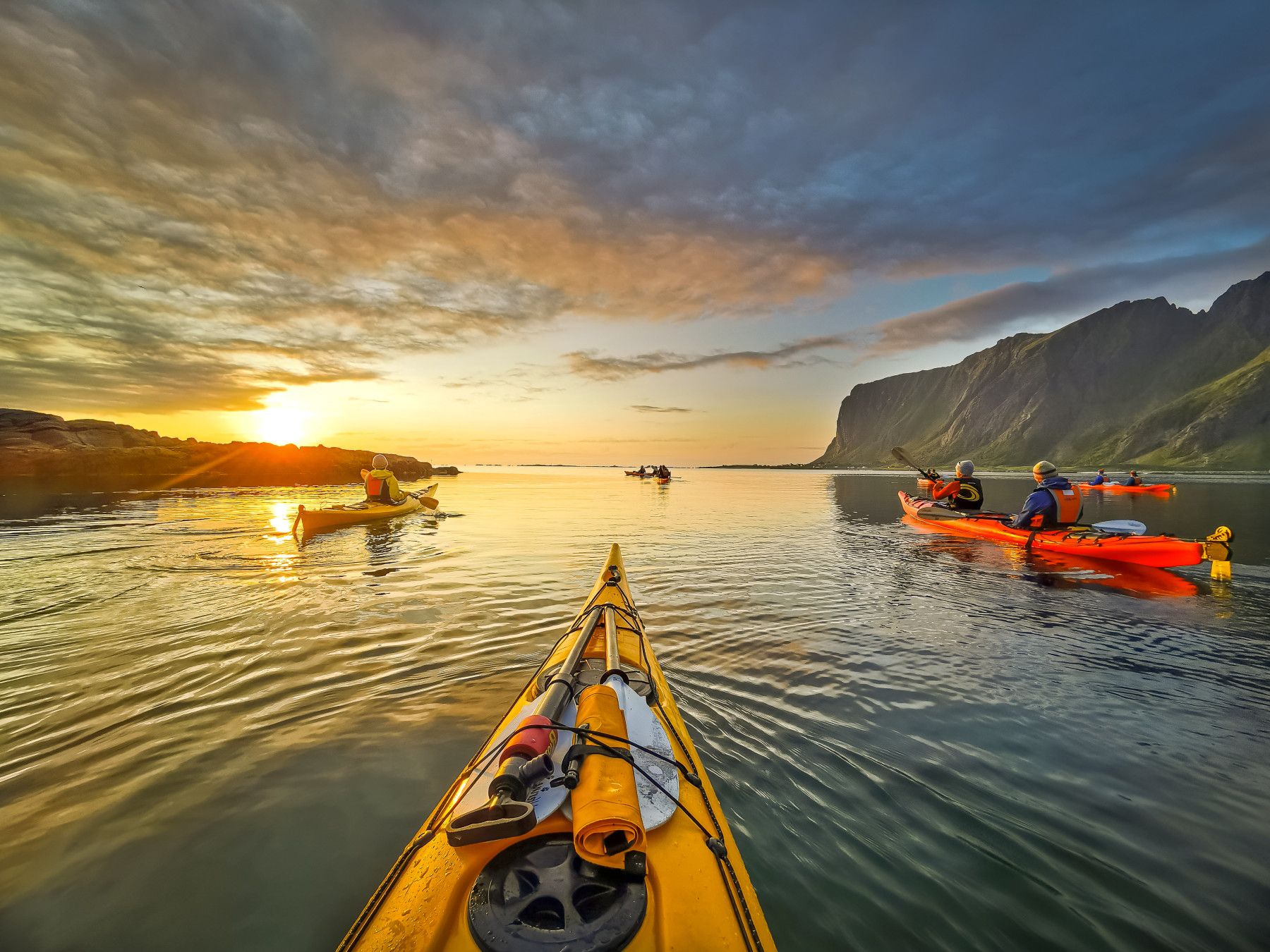
With its extensive coastline and hundreds of islands, the Norwegian Arctic is a popular destination for kayaking, especially during the summer months. Our favourite spot to do so is on the Lofoten Islands - we particularly recommend the UNESCO-designated Nusfjord, and paddling from Mortsund to Rolvsfjord past a myriad of low-lying islets. Stretch this into a multi-day adventure, coming ashore to wild camp or stay in a traditional fisherman’s hut.
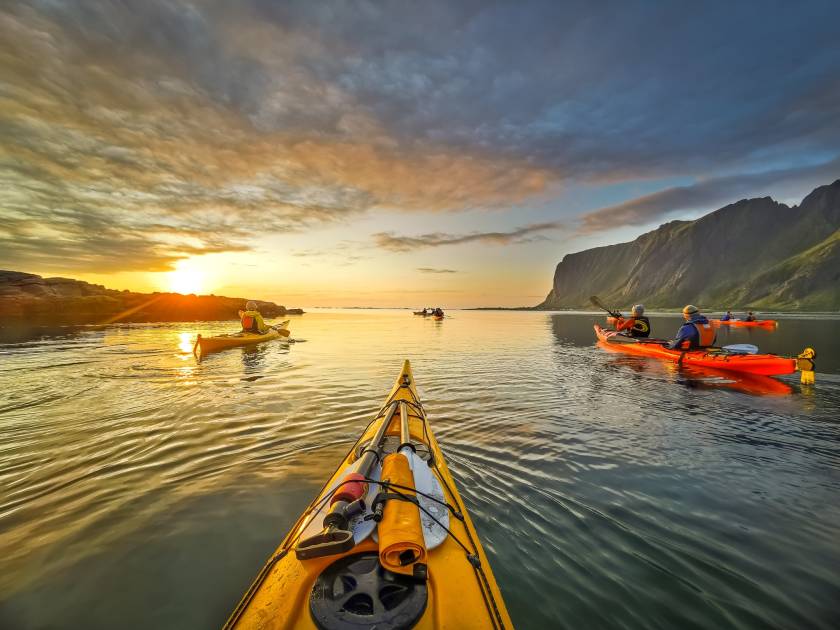
4. Try Cold-Water Surfing
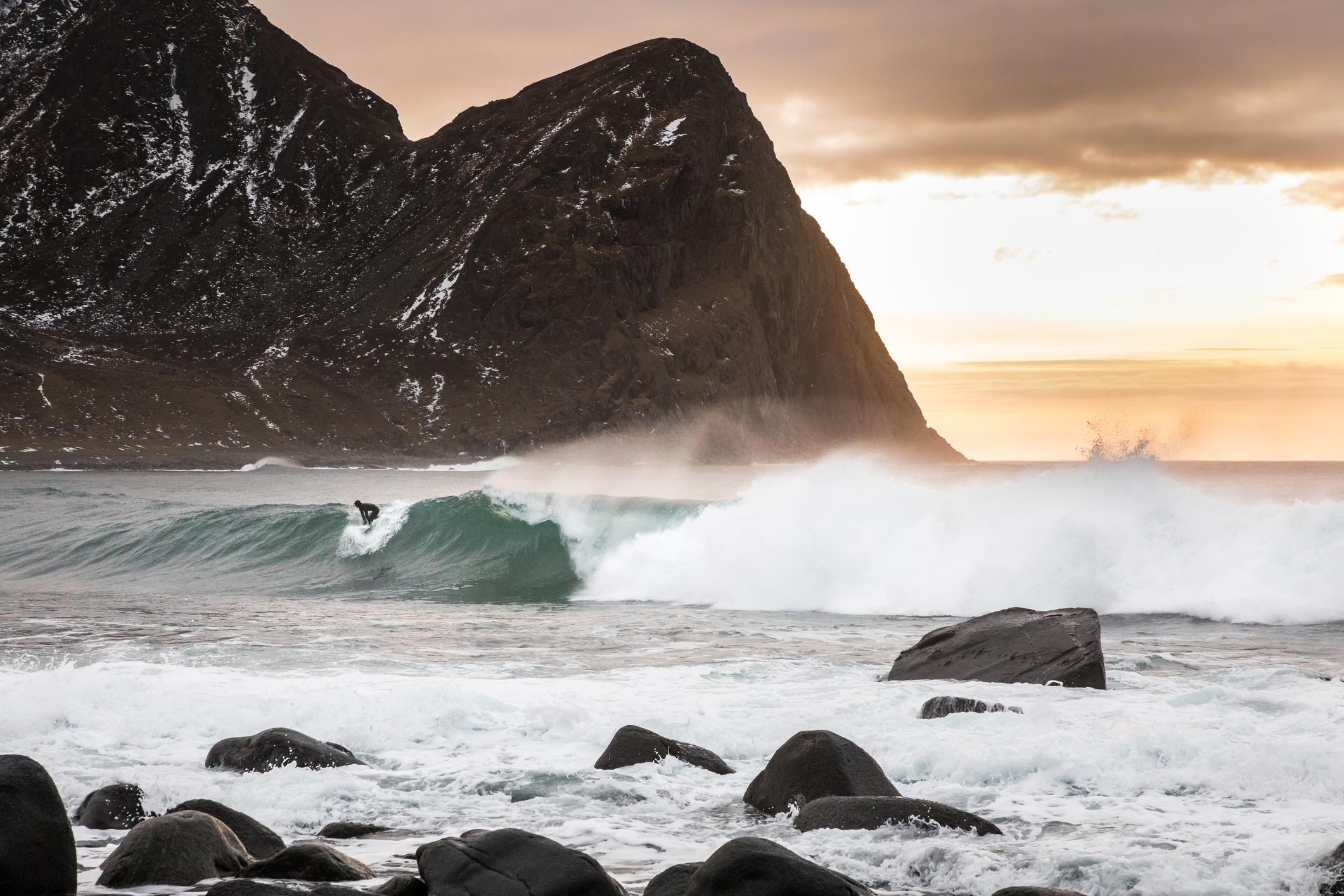
Norway is gaining popularity as a destination for cold-water surfing, thanks to its decent breaks and the rugged beauty of its landscapes. The Lofoten Islands are considered the best surf destination in northern Norway, attracting experienced surfers during autumn and winter to ride its powerful waves. If you’re a beginner, attend a surf school on Lofoten during the summer months, when the water is warmer and the waves less powerful (and consequently easier to ride).
5. Go on a Winter Fat Biking Ride
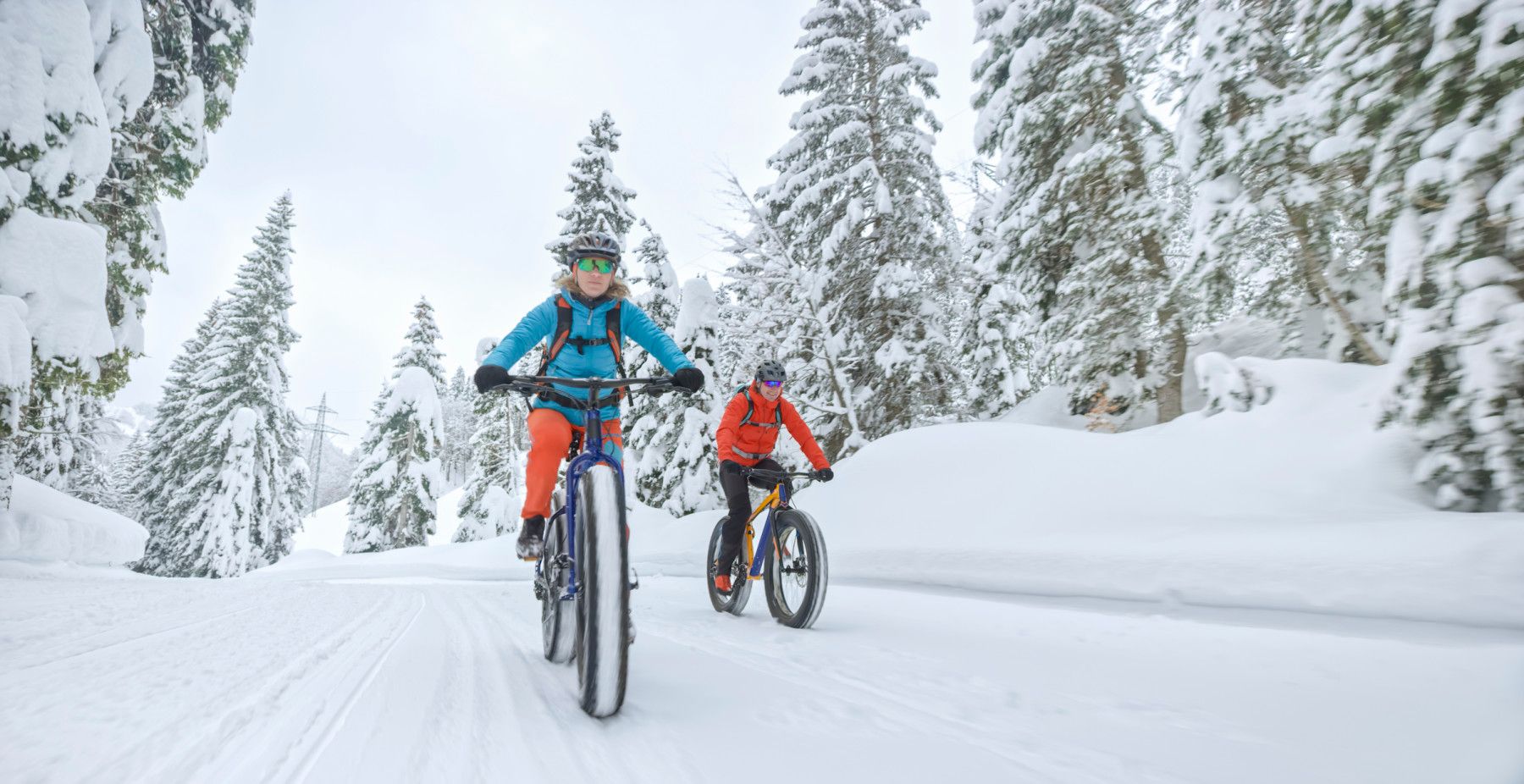
Arctic Norway attracts road cyclists during the warmer months, but you can go off-road all year round on a fat biking trip. The wide tyres of a fat bike mean you can ride across all terrains, including snow. The Finnmarksvidda is a good location for a fat biking expedition - we’d particularly recommend riding across the frozen Lake Lesjavri.
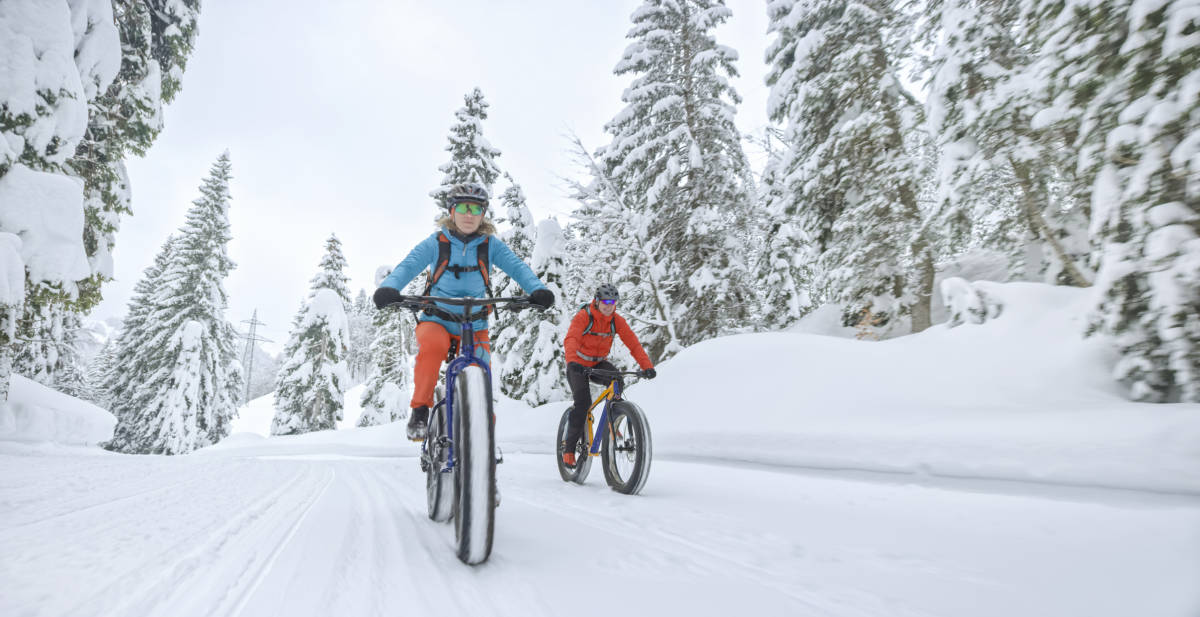
6. Drive a Dogsled
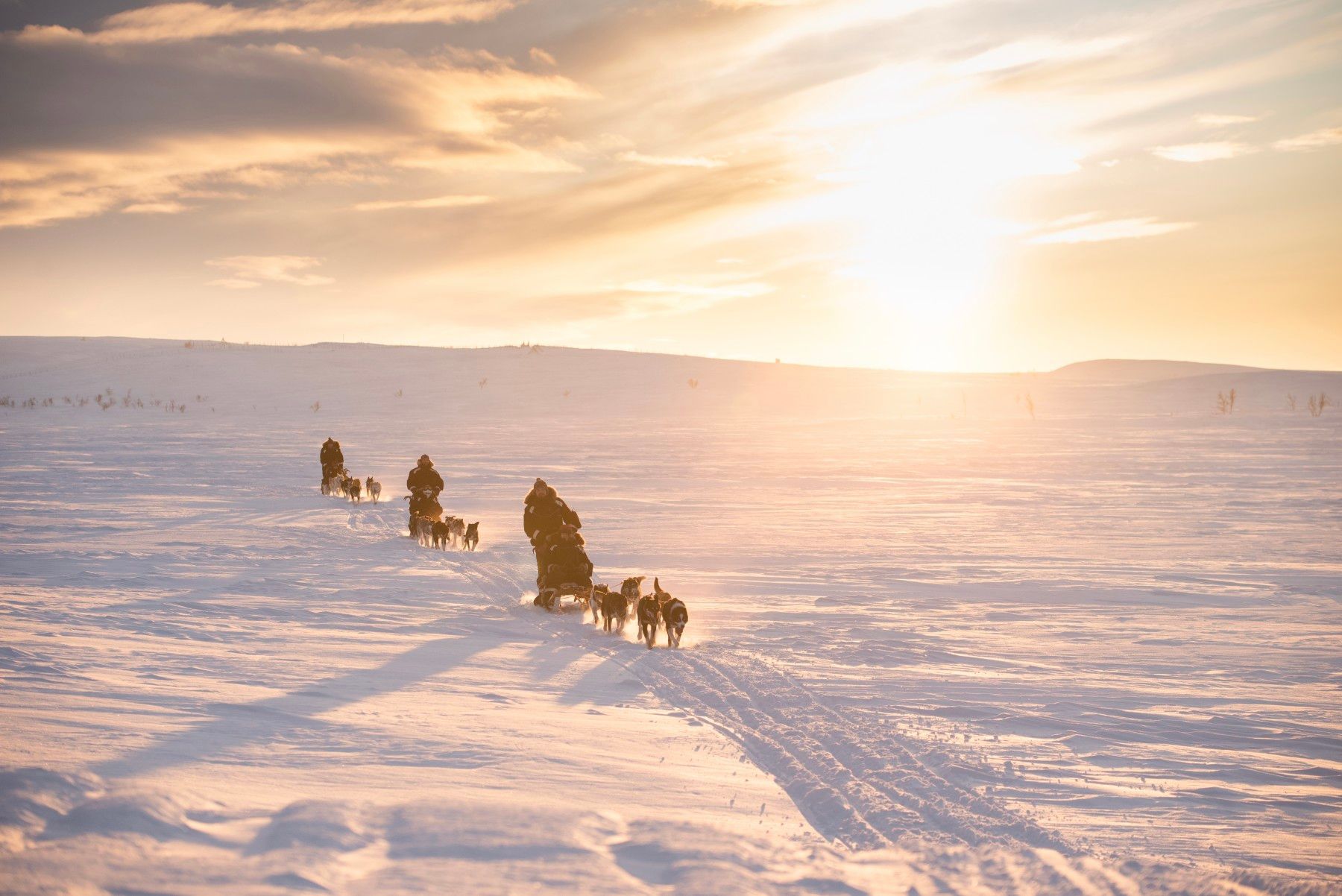
There are numerous places where you can try out dogsledding in northern Norway, but the Finnmarksvidda, a vast inland plateau, is our top spot. You can drive a dog team for long distances across its icy expanse, and the lack of light pollution also improves your chances of spotting the northern lights.

7. Wild camp All Year Round
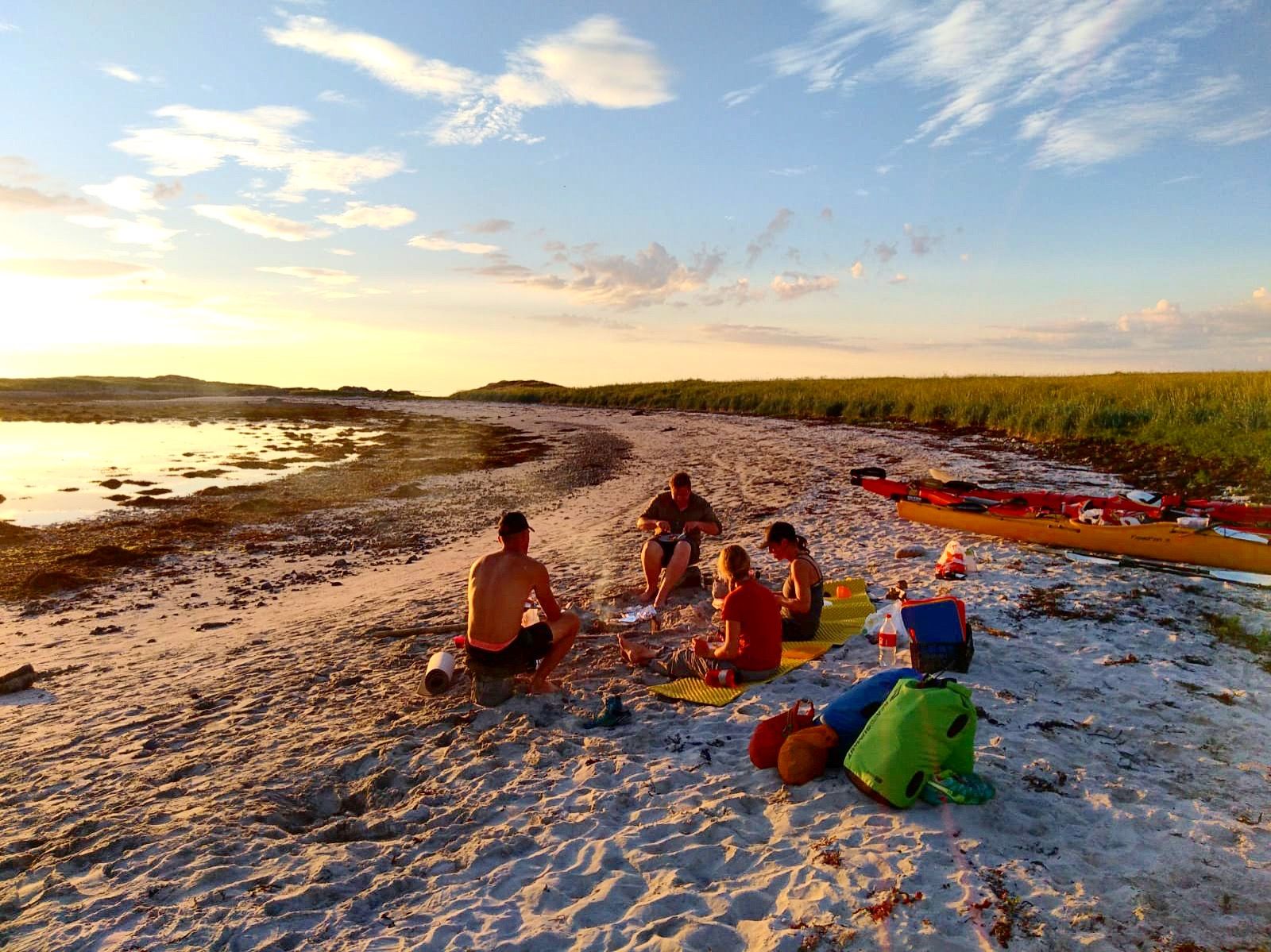
Norway adheres to ‘allemansrätten’, the ‘right to roam’, which means that wild camping is permissible - as long as you leave no trace. There are plenty of spots to choose from, whether it’s beside the glacier in Saltfjellet–Svartisen National Park or on a beach in the Lofoten Islands. You can even wild camp in icy Svalbard - so long as you have a polar bear lookout, that is.
There's no need to restrict yourself to the summer months. We’ve had magical nights camped out on Kvalvika Beach in Lofoten, staying warm by a crackling fire while the northern lights undulate overhead.

Main Towns in Norway’s Arctic Circle
While the Norwegian Arctic isn't densely populated, there are still a crop of towns and several cities. Many have good transport connections, alongside hotels and restaurants where you can refresh yourself after a day of adventuring. Here are some of our favourite places to base yourself.
Bodø, Nordland
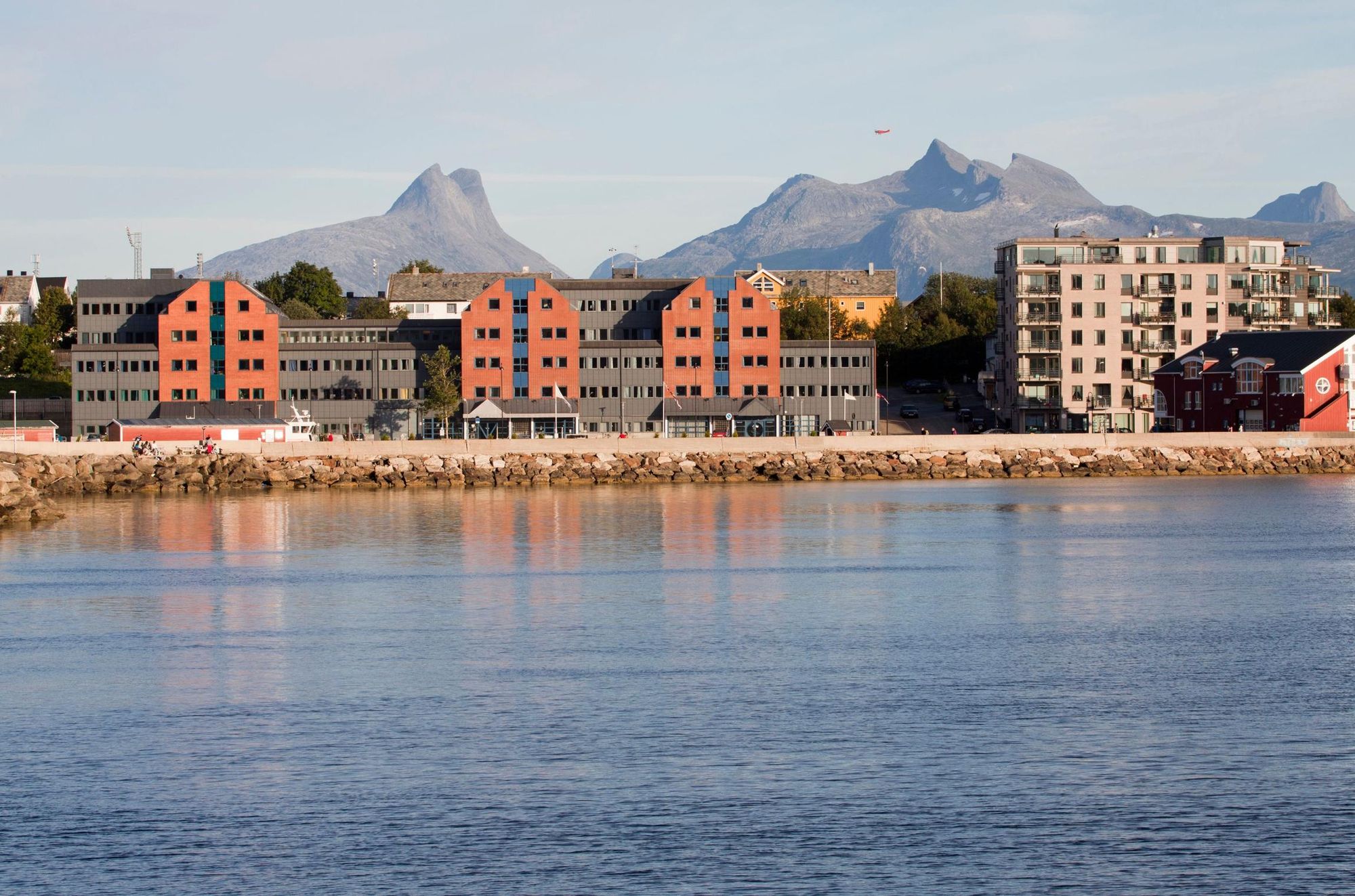
Best for: a compelling mix of Arctic nature and culture
Bodø is the largest settlement in the Nordland region, nestled into northern Norway’s rugged coastline. It boasts a backdrop of snow-capped mountains and views of the sea studded with rocky islands. After being almost entirely destroyed by German bombs during World War II, structures like the mediaeval Bodin Church stand as a testament to the city's rich history, juxtaposed against contemporary structures such as Bodø Town Hall, with its unique geometric facade.
Bodø has a thriving arts scene, and is the European Capital of Culture for 2024 - the first Arctic city to receive the accolade - with a programme of concerts, exhibitions and festivals, many of which celebrate the indigenous Sami culture. It’s also a destination for nature and adventure lovers, with fantastic hiking trails up nearby Mount Rønvikfjellet and Sjunkhatten National Park, to name a few. Its coastal location makes it an excellent sea kayaking destination too - look out for the sea eagles living in the surrounding skerries.
Svolvær, Lofoten
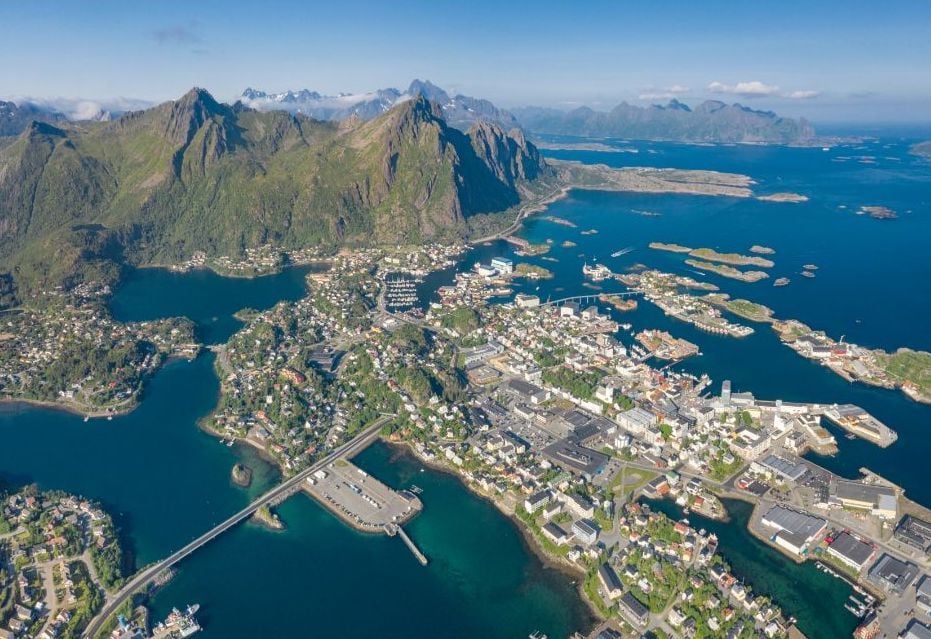
Best for: island hopping by kayak
With a population of 4,800, Svolvær is the largest town in the picturesque Lofoten Islands, surrounded by sculptural mountains and the crystal-clear waters of the Norwegian Sea. The town's vibrant harbour is a focal point, surrounded by traditional fishing huts and more modern buildings. Explore the winding streets, sampling traditional cuisine such as fresh stockfish in the restaurants, and browsing works by local artists.
Svolvær provides easy access to a wide range of outdoor activities. Hike nearby Mount Fløya (590m) up stone sherpa steps hewn into the mountain, or visit the nearby beaches, such as Rørvikstranda, for an icy dip. We recommend exploring the volcanic coastline by kayak - you can head out for a few hours or several days, coming ashore to explore different islands and camp on the beaches.
Longyearbyen, Svalbard
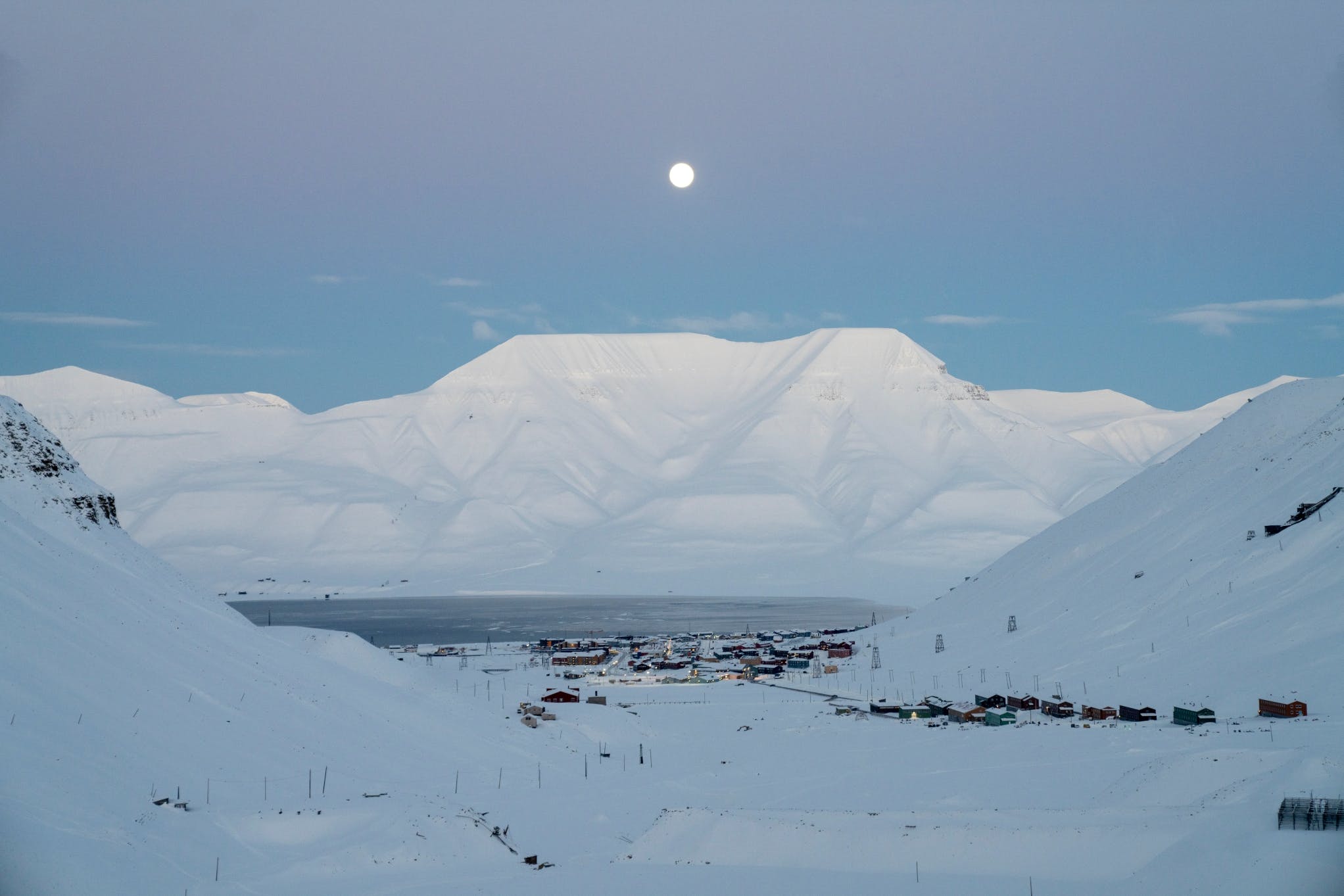
Best for: expeditions into the Arctic wilderness
Longyearbyen is the last permanently inhabited settlement before the North Pole, a small settlement on the island of Spitsbergen, with more polar bears living there than people. Locals walk up the high street with rifles slung across their backs - the only way you can leave the town is with an armed guard.
With more polar bears living there than people
It’s bathed in total darkness for almost three months of the year, and 24 hour daylight for another three months, with eerie twilights and sunrises during the shoulder season. But far from being uninhabitable, you’ll find plenty of hotels, cafes and restaurants here, alongside two museums dedicated to polar culture and exploration.
You can also conduct your own exploration. Longyearbyen is the jumping off point for all sorts of adventurous activities, from dog sledding to glacier hiking and snowmobiling. Take a trip up the icy fjords to visit the abandoned Soviet coal mining town of Pyramiden, kayak past thundering glaciers and even wild camp overnight - make sure there’s somebody on polar bear lookout.
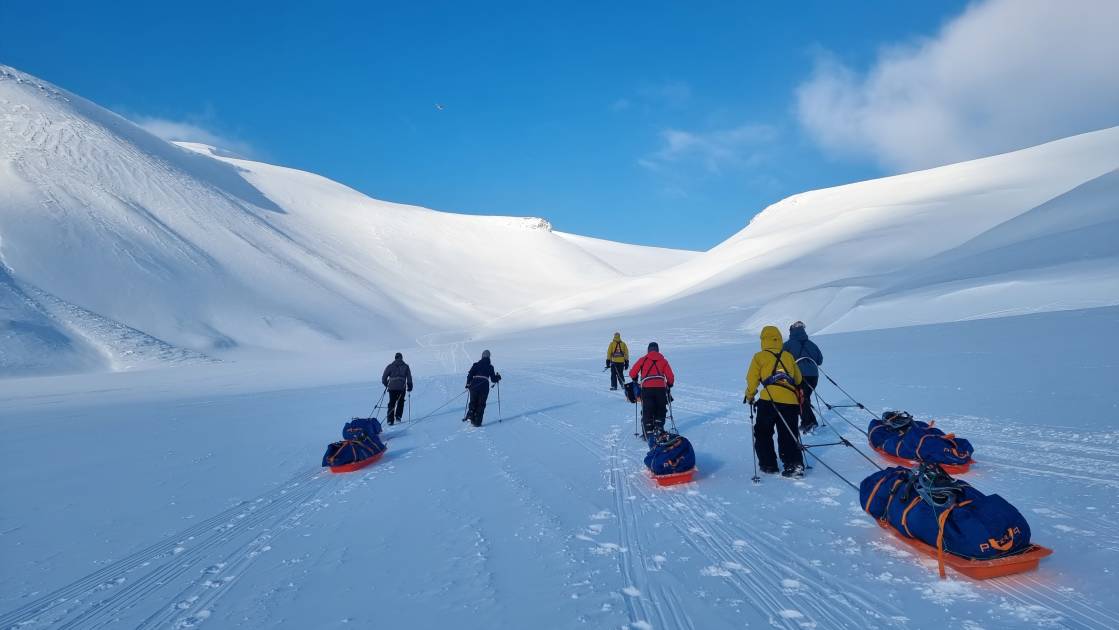
Narvik, Nordland
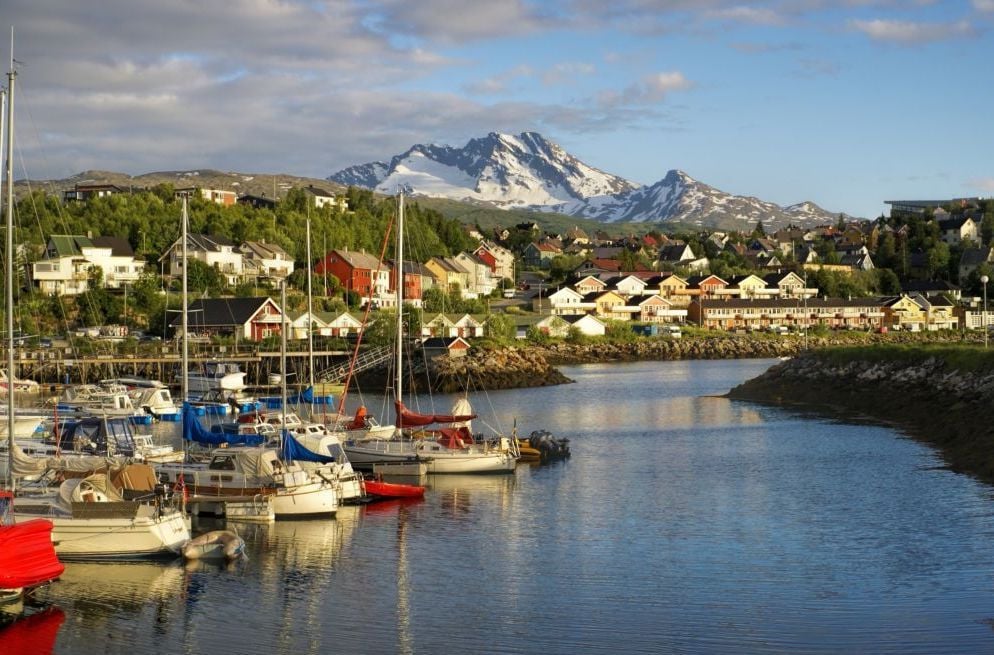
Best for: ski-touring
Narvik, situated in Norway’s Nordland region, is a town surrounded by mountains and facing the deep waters of the azure Ofotfjord. It’s the start point for one of the world’s most scenic train rides, which takes you past remnants of the Battle of Narvik from World War II (visit the Narvik War Museum to learn more).
During the summer, the area is a hiking, mountain biking and kayaking paradise - its mountains and fjords gleam under the midnight sun. Over winter, it transforms into northern Norway’s premier ski resort, offering some of the best opportunities for off-piste skiing.
Tromsø, Troms
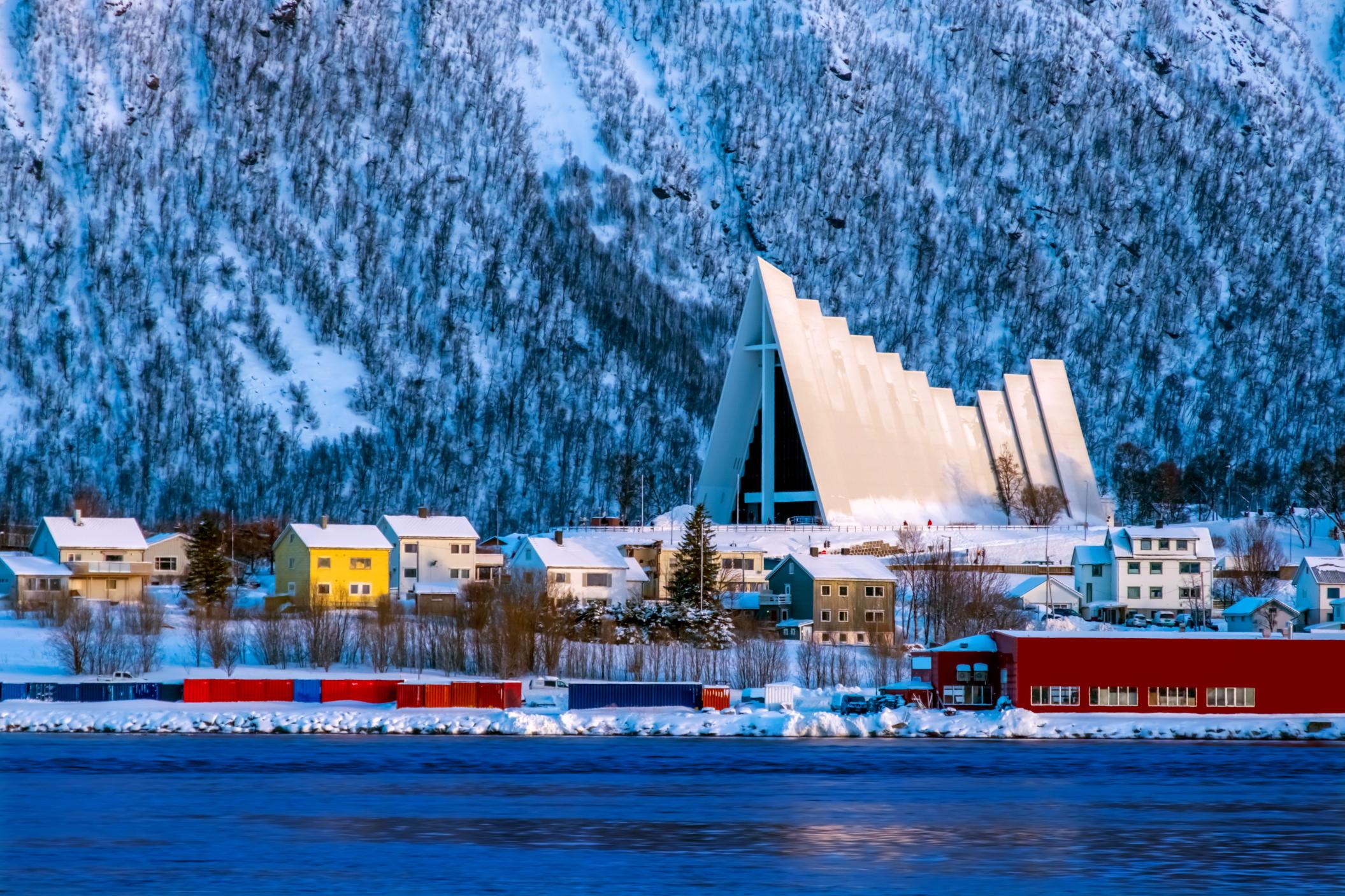
Best for: northern lights hunting
Nestled in the Arctic Circle, Tromsø was supposedly nicknamed "Paris of the North" by 19th century travellers, thanks to its vibrant cultural life. It still boasts an impressive number of museums, boutiques and restaurants, the unique triangular-shaped Arctic Cathedral and the largest historic centre outside of Trondheim.
Tromsø is particularly well known as a destination for seeing the northern lights, due to its position within the auroral oval. Sail a catamaran down the fjords to hunt the aurora, or search for them while driving a dogsled. There are plenty of summer activities too, from hiking the surrounding mountains to boat safaris or attending one of the city’s many festivals and events - midnight sun marathon, anyone?
Alta, Finnmark
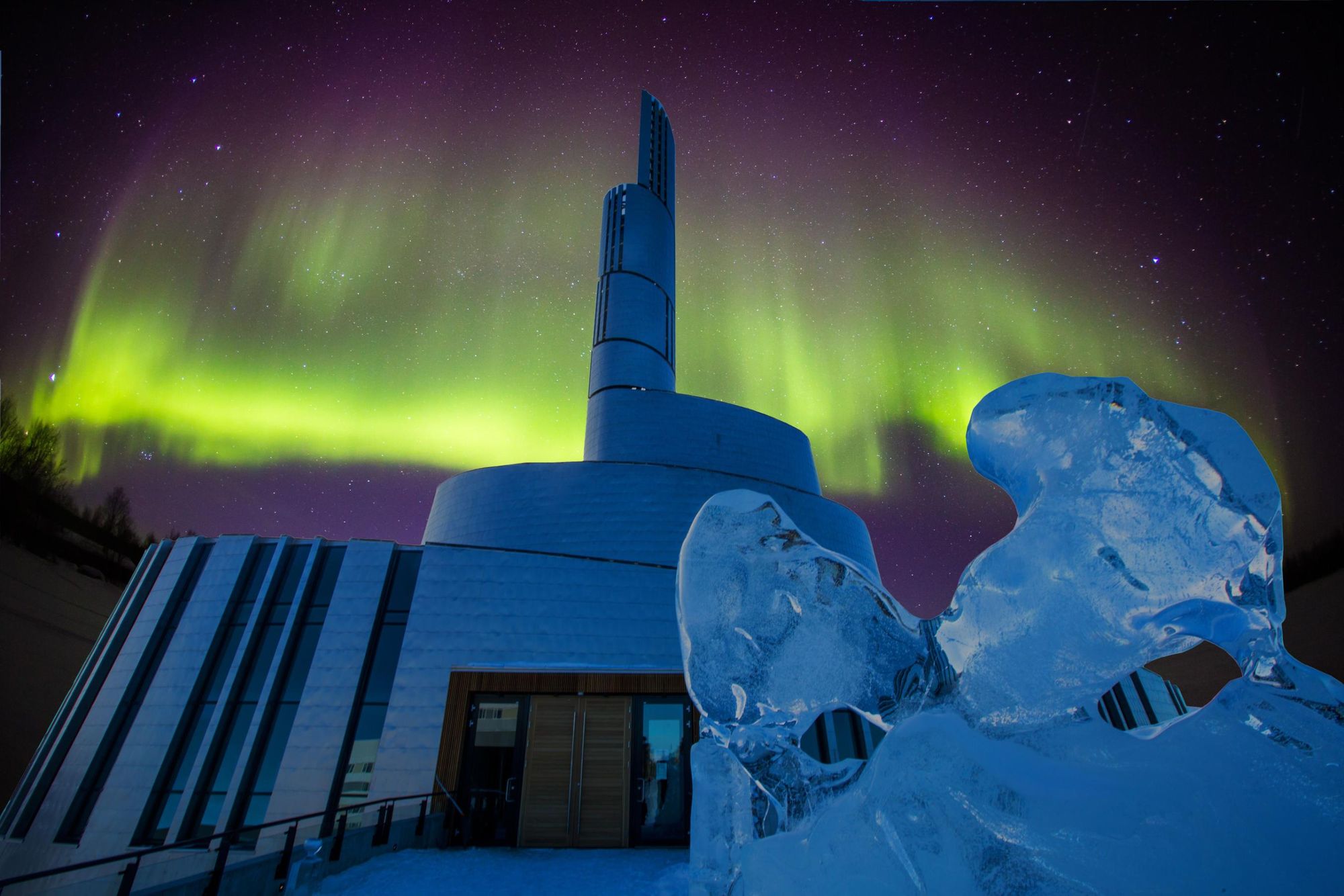
Best for: dog-sledding across the Finnmark Plateau
Located in the far northern reaches of Norway, Alta is a small city surrounded by glaciated peaks and deep fjords.The town is known for its rich cultural heritage, including the UNESCO-listed rock carvings at Hjemmeluft, which date back to 4,200 BC, and its Northern Lights Cathedral, which replicates the waves of the aurora. It’s renowned for its unique accommodation options, such as Sorrisniva Igloo Hotel (made entirely of snow and ice) and glass topped domes where you can watch the northern lights.

Alta is the gateway to the plunging Alta Canyon - which can be explored by hiking or on a kayak - and Finnmarksvidda, Norway’s largest plateau and home to the Sami people. This undulating tundra is an ideal location for dog sledding or snowmobiling expeditions in winter, and hiking or mountain biking in the summer. Spend the night in a traditional lavvo, or Sami tent, and look out for herds of reindeer.
How to Get to Norway’s Arctic Circle
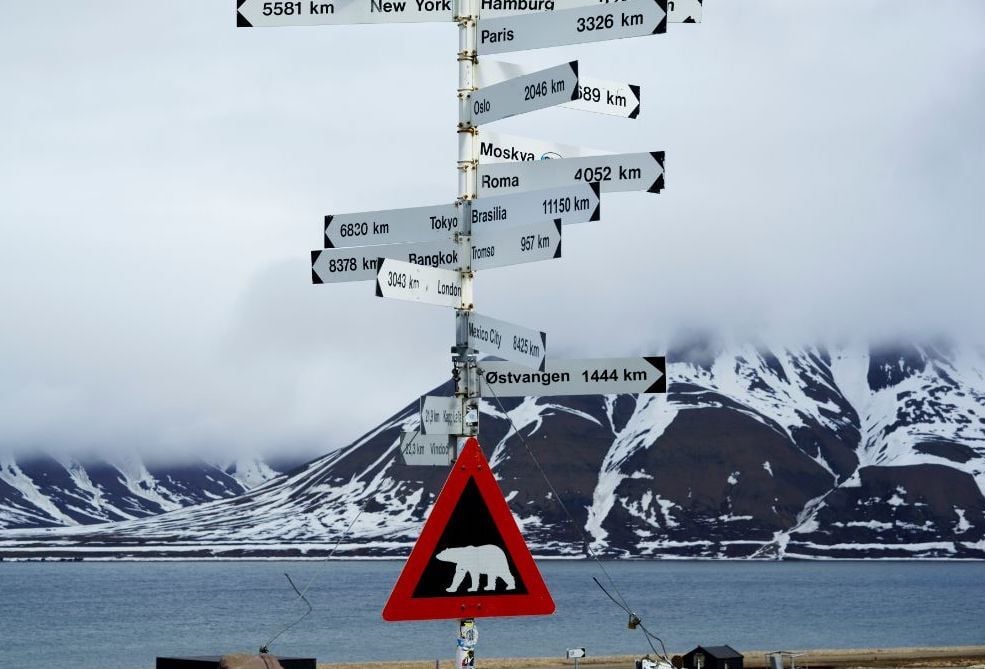
By Plane
Tromsø Airport is the largest airport in Norway’s Arctic Circle, serving international destinations such as London, Amsterdam and Paris. It also has connections with several other airports in the Norwegian arctic, such as Alta and Longyearbyen.
There are a number of domestic airports within the region: Alta; Longyearbyen; Narvik; Bodø and Svolvær. The best way to reach them is through Oslo Gardermoen (OSL), which is Norway’s busiest airport, flying to 144 destinations in 40 countries.
By Train
Norway has a good railway network, and several destinations within the Arctic Circle are accessible by train. The Nordland Railway runs from Trondheim to Bodø. The Ofoten Line connects Narvik with the town of Abisko and crosses the border to Kiruna in Sweden.
How to Travel Around the Norwegian Arctic
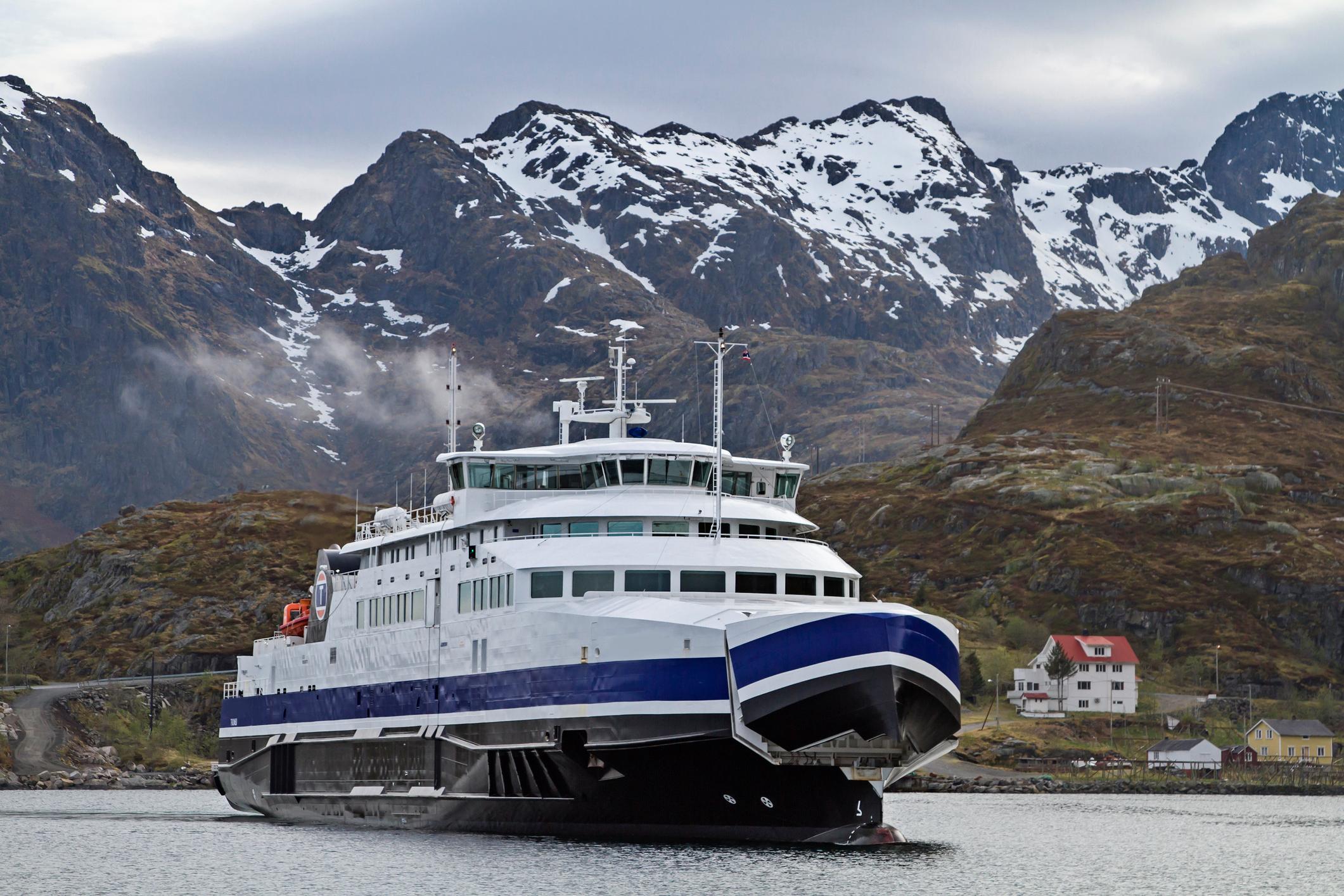
Driving
Driving will allow you to reach some of the remotest parts of northern Norway. The Arctic Highway is a 932 mile (1500 km) road running from Mo i Rana to Nordkapp, getting within 19.5 degrees of the North Pole. This road - and others in the region - are well kept, but you need to take the unpredictable weather into account. During the colder months, snow chains and a 4x4 are a must.
Bus
The towns of northern Norway are connected by a good public bus network. This includes the Arctic Routes, which connect Tromsø with Narvik, the Lyngen Alps and Rovaniemi (in Finland). During the summer, there are additional routes between Tromsø and the Lofoten Islands.
To plan any journey on public transport, check out Norway’s national travel planning website, Entur, which incorporates bus, ferry, train and more.
Cycling
During the summer months, Arctic Norway is a paradise for road cyclists, with quiet well-maintained roads along glassy fjords and around granite peaks. One of the most popular routes is the Arctic Coast from Tromsø to Svolvær, on the Lofoten Islands. It’s a distance of around 217 miles (350 km), with several ferry crossings.
Ferry
Norway has an extensive network of car ferries and express boats, connecting to towns on its coastline and to the surrounding countries. During winter, there is a lot of capacity, but during summertime crossings are busier, so arrive early or book ahead. To search for ferry routes and timetables, check Norway’s traffic information website, Statens vegvesen.
Read More:
- The Man Who's Been Kayaking the Fjords for 25 Years
- 5 Tips For Seeing the Northern Lights in the Norwegian Fjords
- The City Guide to Bergen, Norway
- Kayaking the Fjords of Western Norway
Inspired? Check out our Arctic Wilderness Adventure in Svalbard, Arctic Circle Fat Biking Expedition and our other adventures in Norway.



